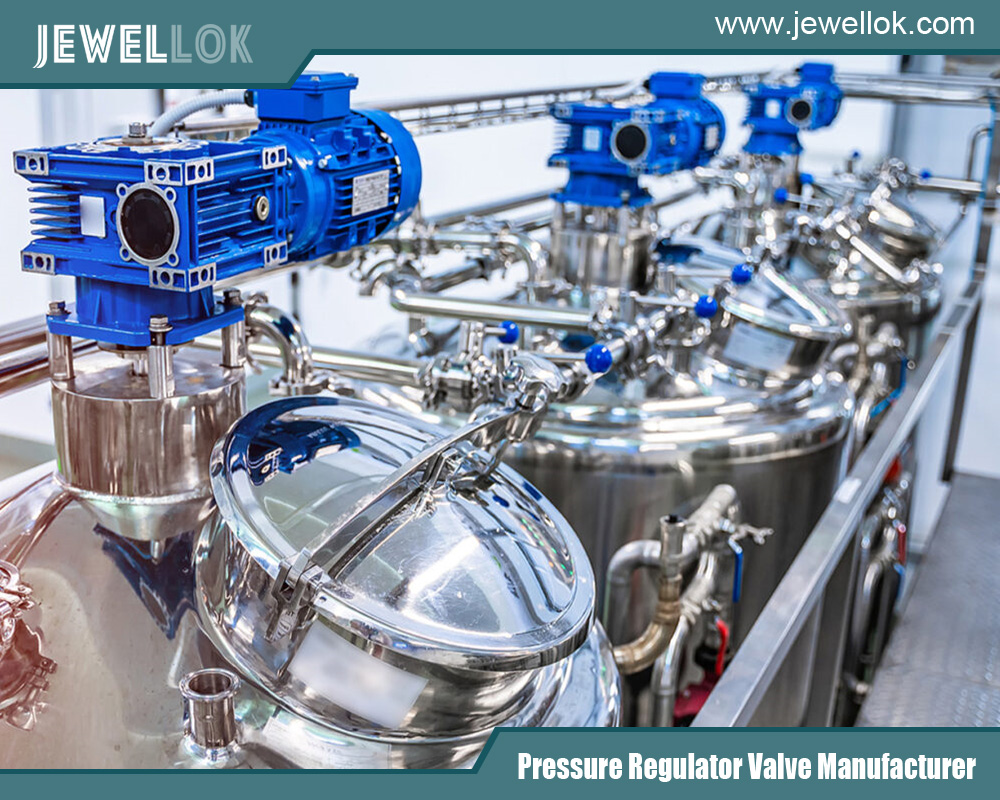Blog
Jewellok is a professional pressure regulator and valve manufacturer and supplier.
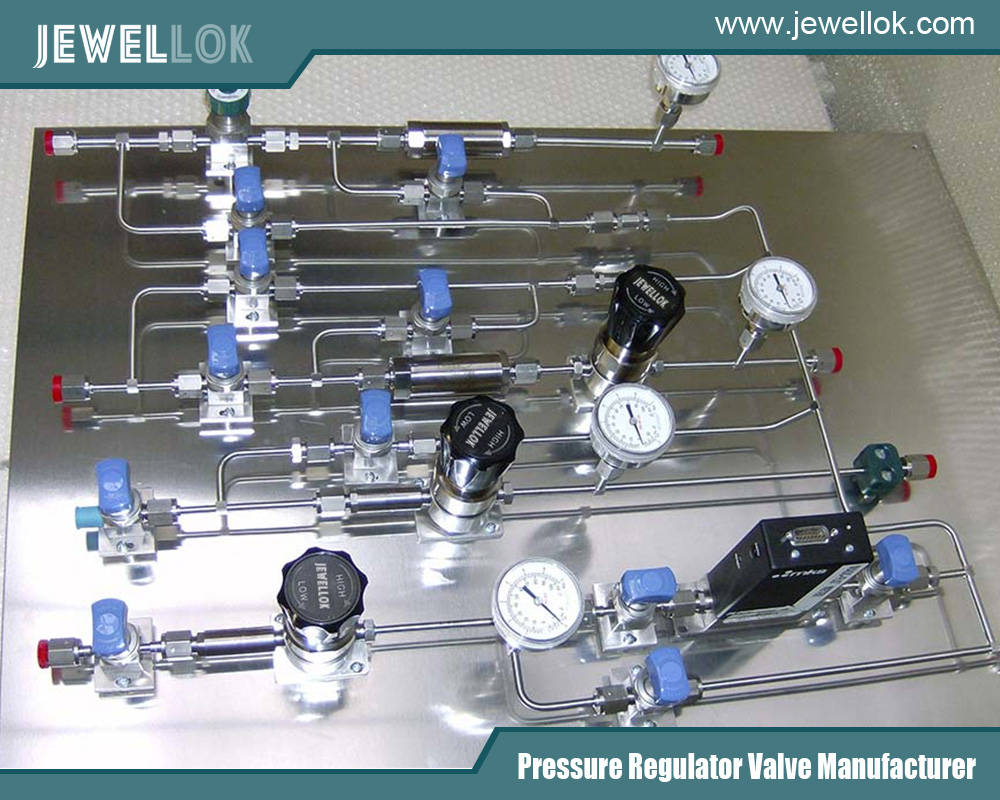
The Inner Workings of a Stainless Steel Two Stage Pressure Regulator
- Pressure Regulator Valve Manufacturer
- 1 2 gas regulator, 8mm compression fitting, automatic switching valve, fluid systems components, gas pipeline valve, gas pipeline valves, gases used in semiconductor manufacturing, high purity valves, how solenoid valve works, irrigation timer valve, laboratory gas valves, pressure regulator, pressure regulator valve leaking, regulator valve alibaba international market, relief valve safety valve difference, safety valve and relief valve, safety valve and relief valve difference, single stage pressure regulator, stainless steel two stage pressure regulator, stainless steel two stage pressure regulator factory, stainless steel two stage pressure regulator hotsale, stainless steel two stage pressure regulator manufacturer, stainless steel two stage pressure regulator OEM, stainless steel two stage pressure regulator supplier, stainless steel two stage pressure regulator wholesale, timed water valve, valve timer water
- No Comments
The Inner Workings of a Stainless Steel Two Stage Pressure Regulator
Precise gas and liquid pressure control is crucial in industries ranging from healthcare to petrochemicals. A pressure regulator is essential in managing these pressures, ensuring system efficiency and safety. Among the various types, the stainless steel Two Stage pressure regulator stands out for its durability, corrosion resistance, and precision. But how exactly does a stainless steel Two Stage pressure regulator work? This article explores the mechanisms and components of this regulator type, breaking down its unique Two Stage process and benefits for various applications.
Table of Contents
- Understanding the Basics of a Pressure Regulator
- What is a Two Stage Pressure Regulator?
- Why Stainless Steel?
- Components of a Stainless Steel Two Stage Pressure Regulator
- Step-by-Step: How a Stainless Steel Two Stage Pressure Regulator Works
- Advantages of Using a Two Stage Pressure Regulator
- Applications of Stainless Steel Two Stage Pressure Regulators
- Maintenance Tips for Stainless Steel Two Stage Pressure Regulators
- Choosing the Right Stainless Steel Two Stage Pressure Regulator
- Conclusion
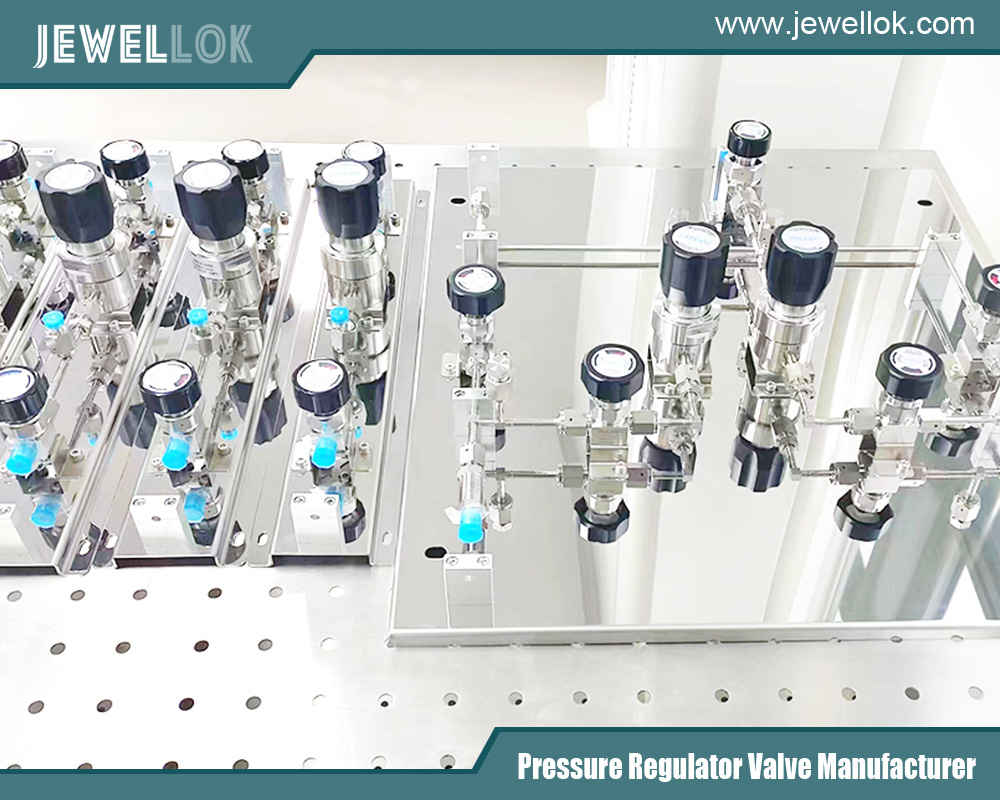
Understanding the Basics of a Pressure Regulator
A pressure regulator is a device that reduces the pressure of a gas or liquid from a high-pressure source to a lower, usable level. It is designed to stabilize fluctuating pressure, enabling safe and consistent output for downstream processes.
Essential functions of a pressure regulator include:
- Pressure Reduction: Lowers the incoming high pressure to a safer, manageable level.
- Pressure Stabilization:Maintains consistent output despite fluctuations in input pressure.
- Safety:Prevents damage to equipment and risk of leaks or malfunctions in high-pressure systems.
What is a Two Stage Pressure Regulator?
A Two Stage pressure regulator is designed to achieve finer control and stability by dividing the pressure reduction process into two separate stages. In a Two Stage setup, the regulator consists of two distinct chambers, each with its own diaphragm and spring. By gradually reducing the pressure across two stages rather than a single stage, this regulator ensures a smoother, more precise output.
Advantages of a Two Stage pressure regulator include:
- Increased Precision: Improved accuracy in pressure control.
- Reduced Droop:This minimizes the pressure “droop,” or decrease, that can happen with single-stage regulators as the source depletes.
- Enhanced Stability: Maintains stable output over time, even with significant input fluctuations.
Why Stainless Steel?
Stainless steel is often the material of choice for Two Stage pressure regulators because of its corrosion resistance, durability, and ability to withstand high-pressure environments. These characteristics make stainless steel suitable for harsh or sensitive applications, such as corrosive gases, high-purity systems, or high-stress industrial environments.
Advantages of stainless steel for pressure regulators include:
- Corrosion Resistance: Prevents rust and degradation, especially in challenging environments.
- High-Strength Material:Can withstand high pressures and impacts without compromising structural integrity.
- Temperature Resistance: Remains effective under extreme temperatures, making it ideal for various industrial applications.
Components of a Stainless Steel Two Stage Pressure Regulator
A Two Stage pressure regulator, especially in stainless steel, consists of several key components:
- Inlet and Outlet Ports:Connect the regulator to the source and the downstream system.
- First Stage Chamber: The initial stage of pressure reduction occurs here.
- Second Stage Chamber: The second Stage Chamber refines the pressure to the desired, stable output.
- Diaphragms:Two diaphragms (one for each stage) respond to pressure changes and maintain stability.
- Springs:Control the movement of the diaphragms to manage pressure release.
- Valve Seats:Provide seal points, ensuring leak-free operation and precise control.
Each component uniquely manages and stabilizes pressure, with the chambers and diaphragms working in unison to achieve the desired output level.
Step-by-Step: How a Stainless Steel Two Stage Pressure Regulator Works
Inlet Flow and Initial Pressure Drop:
- Gas or liquid enters the regulator through the inlet port at high pressure.
- The fluid flows into the first-stage chamber, where the first diaphragm and spring mechanism partially reduce the pressure.
First Stage Regulation:
- The first diaphragm, actuated by a spring, regulates the high inlet pressure, reducing it to an intermediate level. This staged reduction minimizes the burden on the second stage, providing better overall control.
- The initial reduction could be more precise but is designed to make subsequent control easier.
Transition to Second Stage:
- After the first stage, the partially regulated gas or liquid moves into the second chamber.
- The second stage offers a finer level of control, further stabilizing the pressure.
Second Stage Regulation:
- Another diaphragm and spring mechanism bring the pressure down to the final, specified output level in the second stage chamber.
- This final adjustment ensures that the output remains consistent regardless of fluctuations in the inlet pressure.
Outlet Flow:
- The fully regulated gas or liquid exits through the outlet port at the desired pressure.
- The system minimizes droop and achieves highly stable output by splitting the reduction process across two stages.
This dual-stage process provides a stable, precise output pressure, making it ideal for high-accuracy and reliability applications.
Advantages of Using a Two Stage Pressure Regulator
Two Stage pressure regulators offer several benefits that make them suitable for demanding applications:
- Enhanced Stability and Accuracy:The regulator ensures a consistent output despite fluctuations by dividing the pressure reduction into two stages.
- Reduced Wear:The Two Stage process distributes the pressure workload, reducing wear and extending the regulator’s lifespan.
- Increased Safety:Reliable pressure control prevents the risk of over-pressurization, ensuring safer operation for personnel and equipment.
- Minimized Pressure Droop:The design prevents significant drops in output pressure as the supply pressure decreases, maintaining performance over more extended periods.
Applications of Stainless Steel Two Stage Pressure Regulators
Two Stage pressure regulators in stainless steel are used in industries where precision, durability, and safety are paramount. Some typical applications include:
- Laboratories and Research Facilities:These control the pressure of various gases and ensure experiment accuracy.
- Medical and Pharmaceutical Applications:Used in medical gas delivery systems, high-purity applications, and sensitive pharmaceutical processes.
- Oil and Gas Industry: Manages gas and liquid pressures in hazardous and corrosive environments.
- Food and Beverage Processing:Regulates gas pressures in processes requiring high purity and hygiene standards.
- Aerospace and Defense:Essential for controlling pressure in sensitive environments where reliability is critical.
Maintenance Tips for Stainless Steel Two Stage Pressure Regulators
Proper maintenance ensures the longevity and effectiveness of a Two Stage pressure regulator. Here are a few best practices:
- Regular Inspections:Periodically check for leaks, wear on diaphragms, and spring tension adjustments.
- Cleaning:Use appropriate cleaning agents that do not corrode stainless steel or degrade seals.
- Monitor Performance:Track output pressure consistency, noting any deviations that could signal wear.
- Replacement of Worn Parts: Change worn or damaged diaphragms, springs, or seals to maintain performance.
Choosing the Right Stainless Steel Two Stage Pressure Regulator
When selecting a Two Stage pressure regulator, consider the following factors:
- Input and Output Pressure Requirements:Ensure the regulator’s range matches the system’s needs.
- Flow Rate:Choose a regulator with a flow rate that aligns with the intended application.
- Temperature Compatibility:Ensure the regulator can operate effectively within the expected temperature range.
- Corrosion Resistance:Confirm that the stainless steel grade provides the necessary resistance for harsh environments.
- Precision Needs:Higher precision regulators may have additional features to maintain strict output consistency.
Conclusion
A stainless steel Two Stage pressure regulator is valuable in settings requiring reliable, accurate, and stable pressure control. By reducing pressure in two stages, this regulator type minimizes fluctuations and enhances stability, making it ideal for demanding applications across industries. Stainless steel construction further ensures longevity and resistance to environmental factors, providing safe and durable performance. Understanding how these regulators work and their applications can help users make informed choices, ensuring operational efficiency and safety in high-pressure environments.
For more about the inner workings of a stainless steel two stage pressure regulator, you can pay a visit to Jewellok at https://www.jewellok.com/ for more info.
Recent Posts
Tags
Recommended Products
-
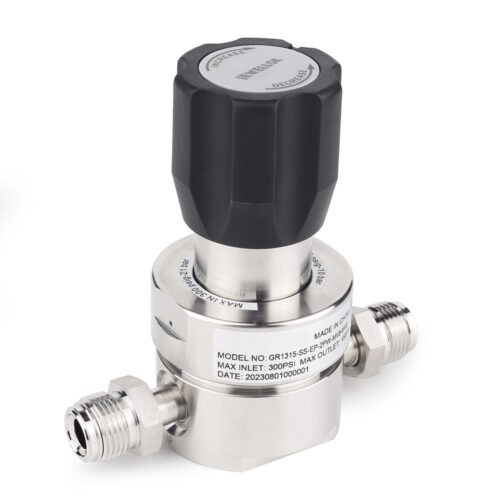
JR1300 Series Ultra High Purity Single Stage Regulator High Flow Line Regulator For Ultra High Purity Intermediate Flow
-
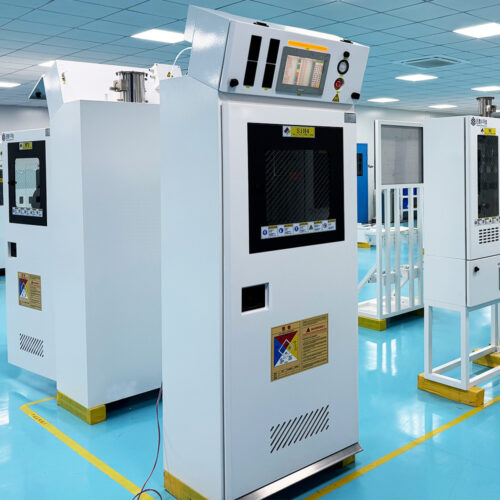
Fully Automated Gas Cabinet For Precise UHP Gas Delivery And High Purity Gas Delivery Systems JW-300-GC
-
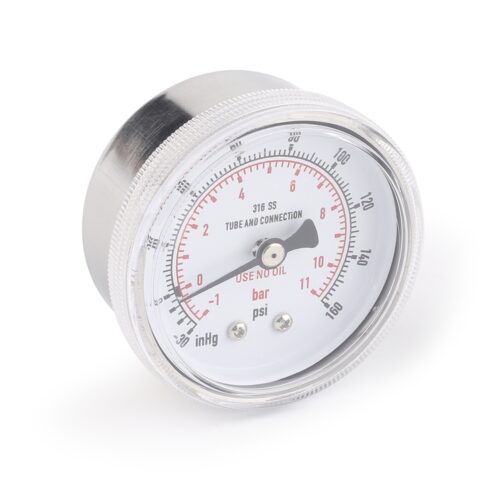
Ultra High Purity Pressure Gauge For Laboratory And Semiconductor JR Series
-
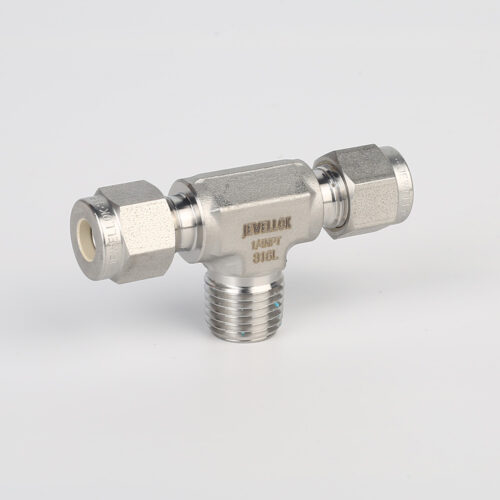
772L Male Branch Tee | Stainless Steel High-Purity Tube Fitting Male Branch Tee
-
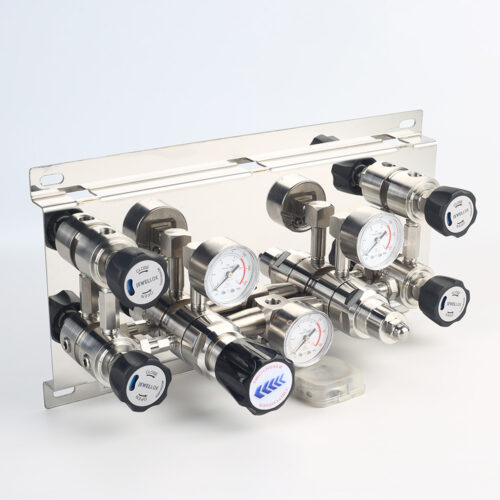
Pressure Control Panels For High Purity Gas Control System JSP-3AE Series From Pressure Control Panels Suppliers And Manufacturer
-
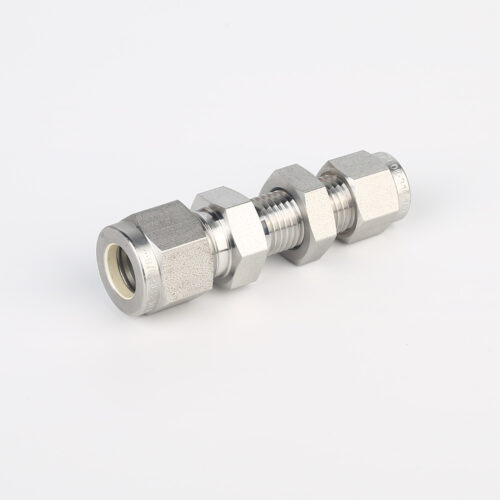
775L Bulkhead Reducing Union | Stainless Steel High Purity Double Ferrule Bulkhead Reducing Unions
-
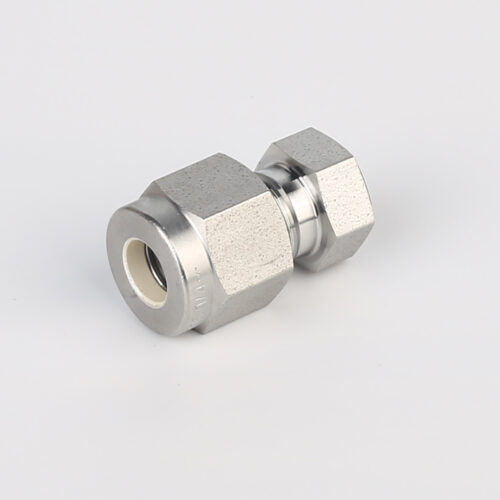
7108L Cylinder Cap Connectors For Ultra High Purity Gases
-
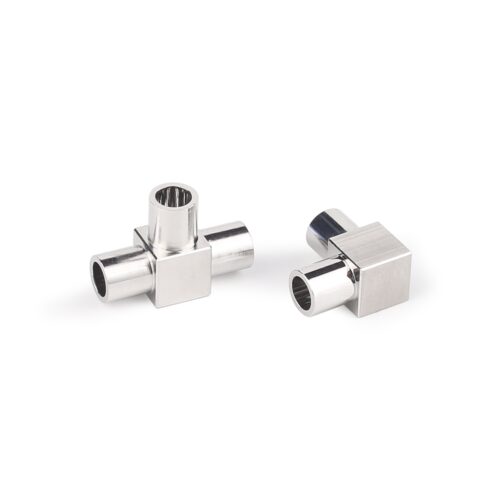
Stainless Steel Mini Elbow Mini Tee Mini Cross Mini Tribow Ultrahigh Purity Mini Butt Weld Fittings
